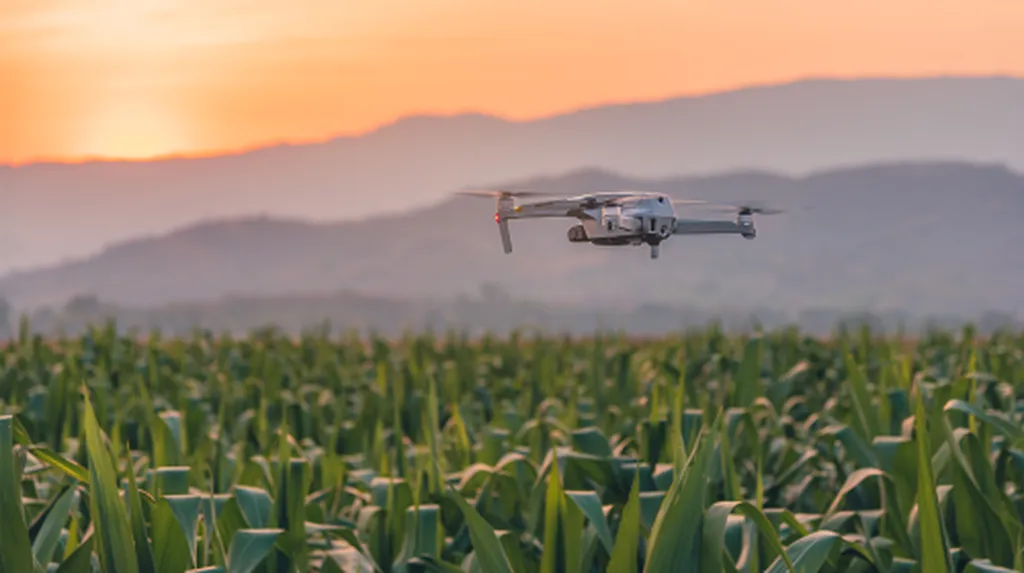The Federal Aviation Administration (FAA) is moving closer to finalizing a rule that could transform how farmers and ranchers use drones, expanding their ability to monitor crops, livestock, and infrastructure over vast distances without the need for constant visual contact.
The proposed rule, titled *”Normalizing Unmanned Aircraft Systems Beyond Visual Line of Sight Operations”* (BVLOS), would replace the current system—where operators must apply for individual waivers—with a standardized framework. Under the new regulations, drones could legally fly beyond an operator’s line of sight, provided they meet safety and operational requirements.
Public comments on the proposal closed in early October, with nearly 2,000 submissions from industry groups, civil liberties organizations, and other stakeholders. The FAA is now reviewing feedback before issuing a final rule, expected by early 2026.
**Key Provisions of the Proposed Rule**
The rule would allow drones weighing up to 1,320 pounds to operate at or below 400 feet, provided they launch from pre-approved, access-controlled locations. Instead of traditional airworthiness certificates, the FAA would accept industry consensus standards for drone safety.
Operators would follow one of two pathways:
– *Permits* for lower-risk operations, such as agricultural scouting or package delivery, with simplified approval processes.
– *Certificates* for higher-risk operations, requiring stricter oversight, including a Safety Management System and mandatory training.
To prevent collisions, drones would need automated detect-and-avoid technology and must yield to manned aircraft using ADS-B (Automatic Dependent Surveillance–Broadcast). Operators would also rely on Automated Data Service Providers (ADSPs) to manage airspace traffic.
**Why This Matters for Agriculture**
For farmers and ranchers, BVLOS operations could unlock new efficiencies. Currently, drone use is limited by the need for visual contact, forcing operators to reposition frequently when surveying large fields or pastures. Under the new rule, a single operator could deploy a drone to autonomously scan hundreds—or even thousands—of acres, improving:
– **Crop monitoring:** Faster detection of pests, diseases, or nutrient deficiencies, enabling precision agriculture.
– **Livestock management:** Easier tracking of herds across remote pastures, fence inspections, and locating stray animals.
– **Water and infrastructure checks:** Automated inspections of irrigation systems, pipelines, and water sources for leaks or damage.
The shift could also reduce labor costs by eliminating the need for multiple observers or manual flights over long distances. Tasks like targeted pesticide application or planting could be executed more quickly and precisely, optimizing resource use.
**Next Steps**
The FAA is expected to publish the final rule by February or March 2026. If adopted, the changes would mark a significant step toward integrating drones more deeply into agricultural operations, offering producers a powerful tool for improving productivity and sustainability.

